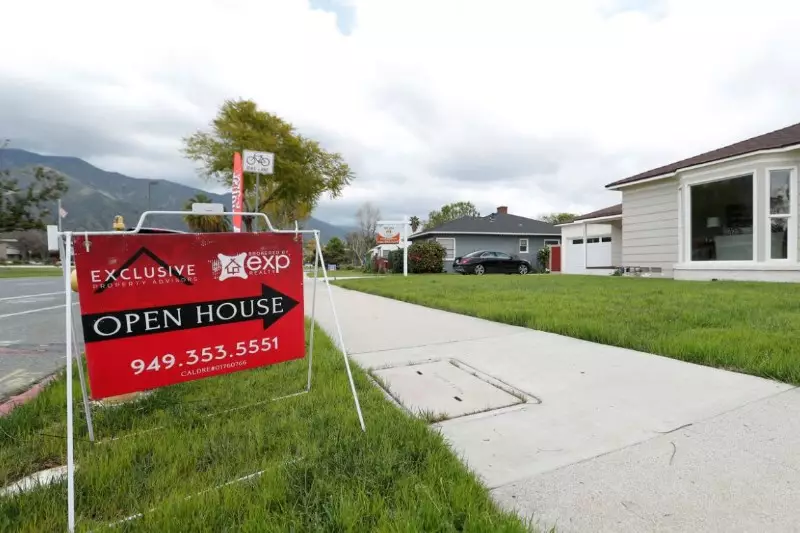The commercial real estate (CRE) market has been a significant barometer of economic health, reflecting broader trends in finance and consumer behavior. After enduring a tumultuous period characterized by rate hikes and valuation declines, recent analyses hint at a slowing tide of recovery, possibly heralded by changes in the Federal Reserve’s monetary policy. This article explores the ongoing challenges, the recent shifts, and what the future may hold for commercial real estate investors and stakeholders.
Since early 2022, the CRE sector has been navigating treacherous waters due to aggressive interest rate hikes from the Federal Reserve aimed at curbing inflation. Such measures have precipitated a dramatic fallout: transaction volumes plummeted, capitalization rates surged, and property valuations took a nosedive. This combination of factors not only disheartened investors but also made it considerably challenging for owners and operators to make informed decisions. The ripple effects were felt across property types, particularly for those in central urban districts, which experienced heightened vacancies.
As the economic landscape evolved, some property segments, notably industrial and retail, exhibited a level of resilience, offering hope to investors weary from the downturn. In contrast, the elusive recovery of the office sector has been fraught with ongoing challenges, leaving many questioning its long-term viability. Factors contributing to this uncertainty include shifting work patterns and lingering doubts about the demand for traditional office space.
Despite the persistent challenges, a glimmer of hope emerges as the Federal Reserve has voiced intentions to ease monetary policy, notably by cutting the federal funds rate by 50 basis points in September 2024. Economists from Wells Fargo suggest that this moment may prove to be pivotal for the CRE landscape as we know it. Such rate cuts are anticipated to not only stabilize but potentially elevate property valuations—something sorely needed after a prolonged period of decline.
Lower interest rates are not a panacea for the ills of the CRE market, but they undoubtedly foster a more compelling environment for both investment and lending. With financing costs lowered, investors regain the ability to scrutinize higher property valuations, encouraging more activity in the marketplace. This is especially poignant considering the significant reductions in transactional throughput compared to pre-pandemic norms. As a result, a tentative recovery in transaction volumes could serve as an early indicator of a nascent market revival.
As the broader economy hints at a ‘soft landing,’ capital is beginning to trickle back into the CRE space—although it still reflects a cautious sentiment. Wells Fargo’s insights indicate that, while current transaction volumes remain depressed, there is an observable uptick, suggesting that investors are inching off the sidelines and re-evaluating their positions.
However, this fragile recovery faces headwinds, particularly within the office sector. Here, challenges abound, as vacancy rates remain stubbornly elevated and rental rates have yet to respond positively to market conditions. Further complicating matters for this segment is the looming debt maturity wall, with nearly $1.9 trillion in CRE debt set to mature by 2026. This reality places immense pressure on property owners to either refinance or face potential distress.
Looking forward, while analysts maintain that the worst may have passed for many segments of the CRE market, a full recovery remains an uphill battle. The overarching risks include a lack of price discovery due to persistently low transaction volumes, which can lead to a distorted view of property valuations. As market players continue to assess their strategies, uncertainty lingers, particularly with ongoing development activity in industrial and multifamily segments that may contribute to temporary oversupply issues.
Wells Fargo’s analysts convey cautious optimism, predicting that as monetary policy further eases, it could bolster CRE fundamentals by facilitating lower borrowing costs and stimulating economic growth. Property types linked to consumer spending—particularly retail and industrial—are anticipated to benefit most from such conditions. However, the office sector’s structural challenges may prolong its struggles, with signs of distress likely extending into the foreseeable future.
While the CRE landscape is undeniably in a state of flux, the combination of evolving monetary policy and changing consumer habits offers a pathway for stabilization and growth. Investors and stakeholders must remain vigilant, adapting to the shifting currents while seizing opportunities as they arise. The resilience of the commercial real estate market will ultimately depend on both external economic conditions and internal sector dynamics in the years to come.

